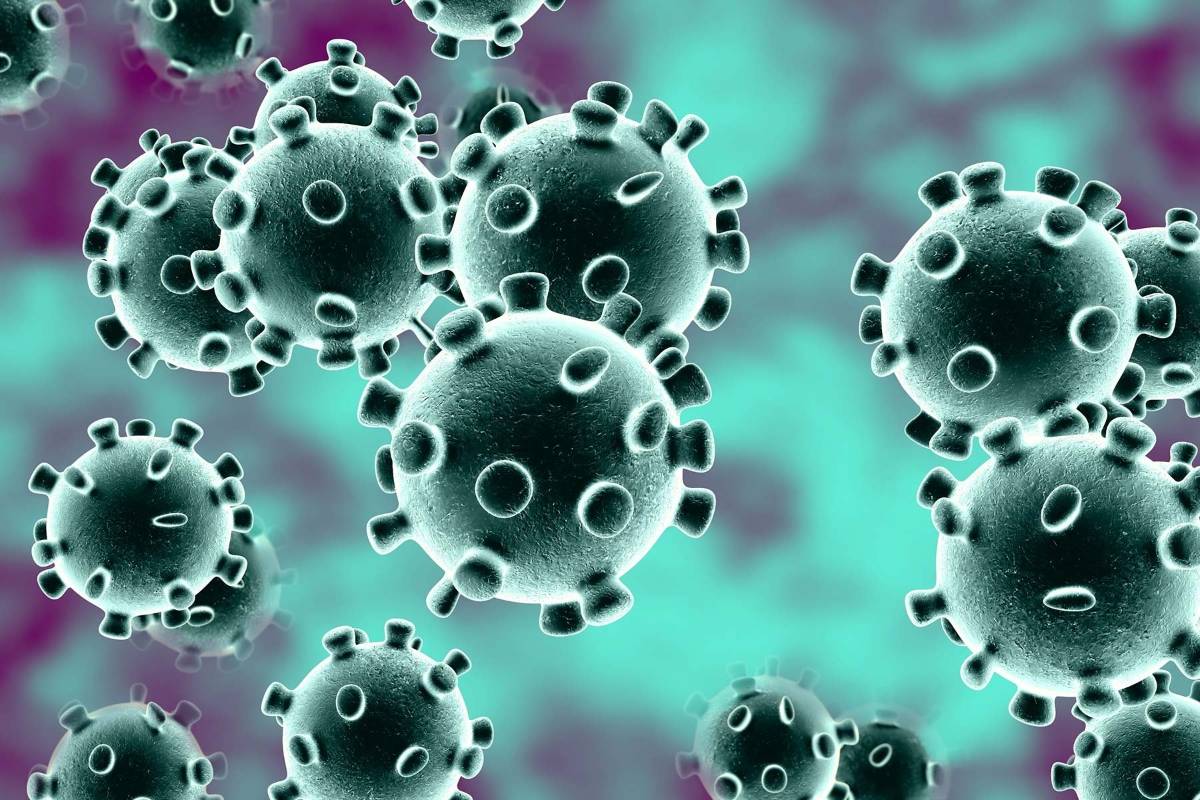oxic flame retardants can move from your TV to your cell phone to your hands and then you, warn researchers, suggesting that frequent handwashing can reduce its exposure too, apart from keeping coronavirus at bay.
The study, published in the journal Environmental Science & Technology Letters, found that halogenated flame retardants added to plastic TV cases can move from the TV to indoor air and dust, to hands, and then to cell phones and other hand-held electronic devices.
Once on your cell phone, that surface provides an ongoing source of exposure to these chemicals each time you touch your cell phone.
It’s well-known that viruses are transferred between surfaces and hands.
“Our study shows that toxic chemicals like flame retardants do the same. That’s another reason we should all wash our hands often and well,” said study co-author Miriam Diamond, Professor at the University of Toronto in Canada.
Halogenated flame retardants, such as polybrominated diphenyl ethers, are known to pose a health risk to children.
Previous studies have found that exposure to these chemicals can cause lower IQ in children and behavioural problems.
The authors were surprised to find higher levels of almost all halogenated flame retardants, all organophosphate flame retardants, and phthalate plasticizers on the surfaces of cell phones and other hand-held electronic devices like tablets, compared to non-hand-held devices like desktop computers.
The researchers suggest that these old chemicals got to the new phones by transfer from hands.
The question is why are TVs a source of flame retardants? The answer lies in the odd story of old “instant-on” cathode ray tube TVs manufactured in the 1970s.
This technology, which involved warming the cathode ray tube so that the TV would immediately project an image when turned on, resulted in several hundred TV fires in the 1970s.
The response was to recommend flammability standards that led to large amounts of flame retardants added to the outside casings of the TVs.
However, those same levels of flame retardants continued to be used — as much as a quarter of the weight of the plastic case — even after the industry moved to current TVs that pose a minimal fire risk.
Thus, recently manufactured TVs contain high levels of unnecessary and harmful flame retardants.
“If a flame retardant is used in the TVs, we then find it throughout the house, including on the hands of the resident,” said study co-author Lisa Melymuk.









